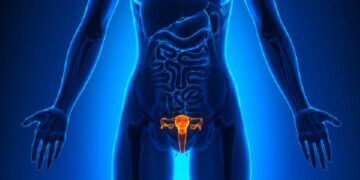Increase the frequency of training
If you train at a lower volume 6 or 7 times a week, this can greatly accelerate your metabolism. Minimize the number of training parts in one session as much as possible, this will help you prevent overtraining and fatigue. For example, Monday workout chest and abs, Tuesday is back, Wednesday is legs, calves and abs, Thursday workout shoulders and obliques, Friday workout triceps and abs, Saturday workout biceps and calf muscles. Take a day off on Sunday.
Follow the 1/2 principle
Eat half the standard amount of carbohydrates you eat daily and mix it into half a cup of low-calorie vegetables, like green beans, broccoli, cauliflower, onions, persimmon peppers or lettuce. Replacing high-calorie foods like rice, potatoes or pasta with low-calorie vegetables for carbohydrates will give you a quick energy boost, and you won’t have to do a second refill.
Compare with yourself
Every 7 to 10 days, find a trusted and non-judgmental friend, or a similar one, to take a snapshot of you standing or bending over with great difficulty as you wish. Put it in a place where only you can see it every day. If you make progress, this photo will motivate you to continue, but if you don’t eat well, it will serve as a wake-up call: if you still want to lose weight, you must change your current eating and exercise habits.
Drink fiber drinks
Fiber is like a sponge that sucks up water in the stomach, and a large amount of water in the stomach increases the feeling of fullness. Fiber controls appetite boosting hormones, thus allowing you to eat less and not feel hungry and malnourished. It is a good idea to drink a simple daily sugar-free fiber drink before your pre-bedtime protein meal.
Don’t eat carbohydrates 3 hours before bedtime: napping while your stomach is full of food can hinder the release of growth hormones that are building muscle and burning fat. So it’s best to eat a small serving of lean protein (about 20 to 30 grams), such as an egg, low-fat cottage cheese or a casein protein powder drink.




































